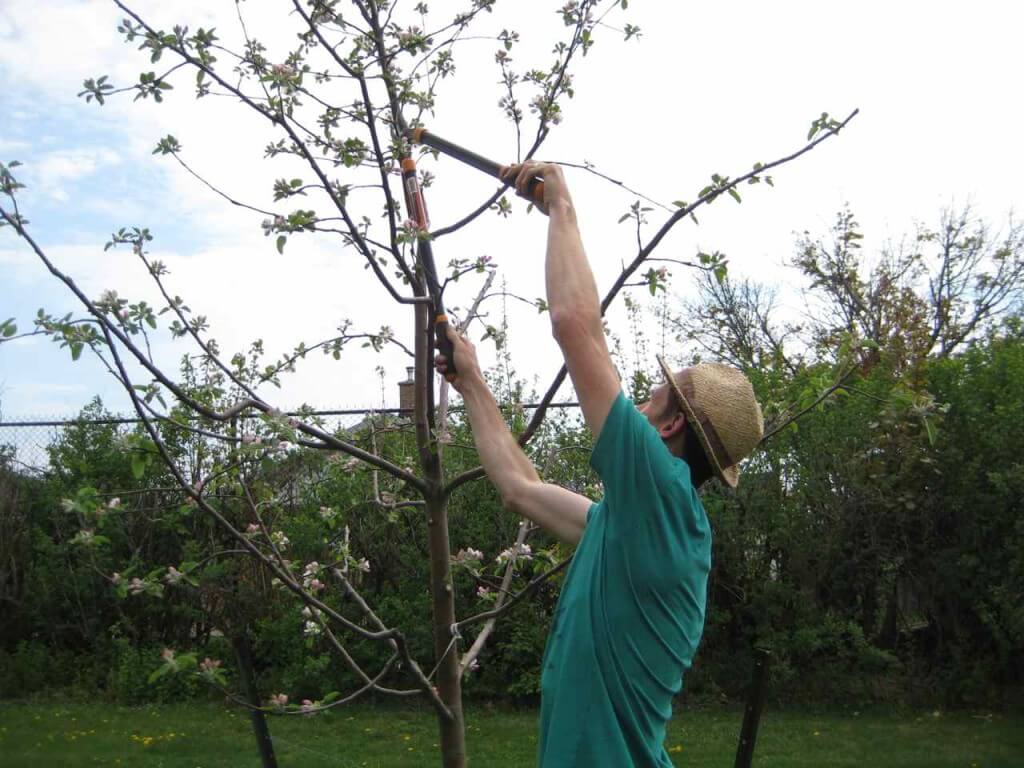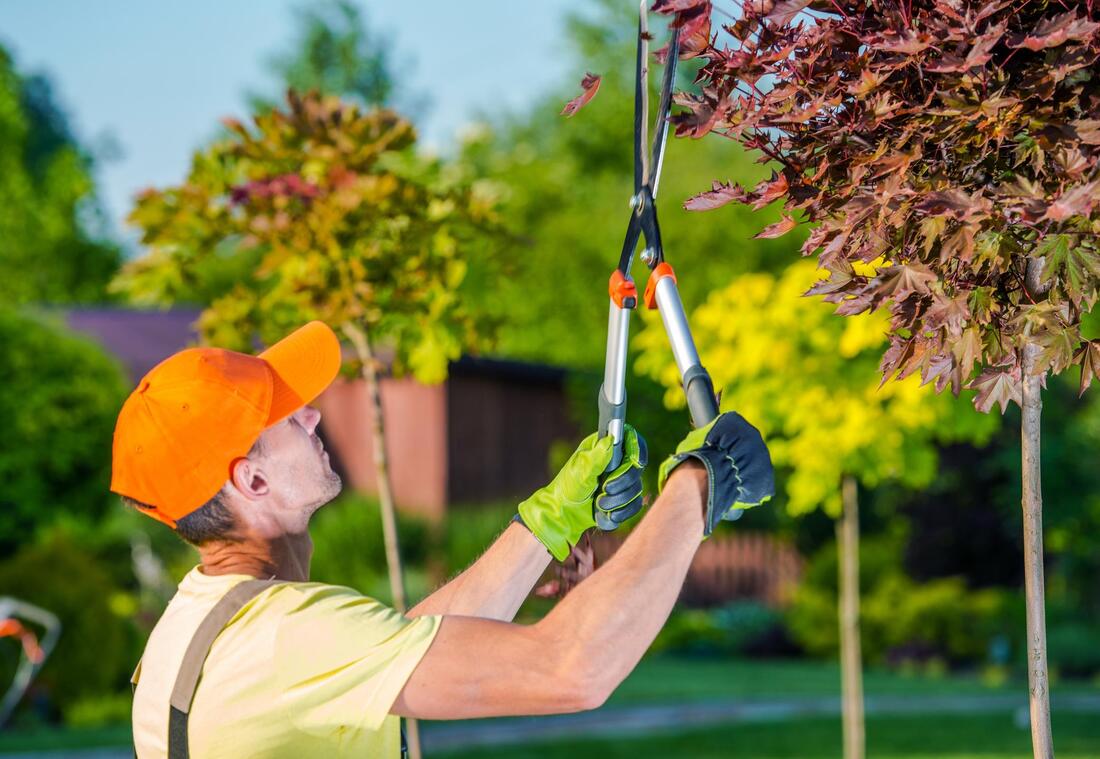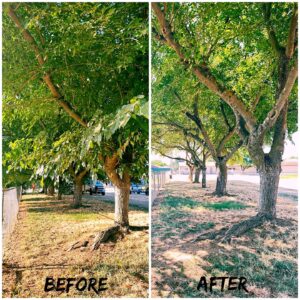Nurturing Richmond’s Canopy: A Guide to Common Tree Care Problems and Solutions
Nestled in the heart of Virginia, Richmond boasts a stunning landscape adorned with a diverse array of trees. However, maintaining this lush canopy requires more than just admiration; it demands dedicated care and attention. In this comprehensive guide, we delve into the common tree care problems encountered in Richmond, VA, exploring their underlying causes and offering practical solutions for tree problems to ensure the vitality of our urban forest.
I. Lack of Water and Nutrients
A. Causes
The scarcity of water and essential nutrients ranks among the primary challenges faced by trees in Richmond. Drought conditions, subpar soil quality, and inadequate irrigation systems contribute to this deprivation, depriving trees of the sustenance they require to flourish.
B. Signs and Symptoms
Recognizing the signs of water and nutrient deficiency is crucial for timely intervention. Wilting leaves, diminished growth rates, and discolored foliage serve as telltale indicators of a tree’s struggle to obtain the vital resources it needs to thrive.
C. Solutions
Addressing this issue necessitates proactive measures. Regular, deep watering, particularly during the early morning or evening hours, can replenish moisture levels in the soil. Additionally, mulching and fertilizing serve as invaluable practices to enrich the soil and bolster nutrient uptake, fostering robust tree health.

II. Pests and Diseases
A. Common Pests in Richmond, VA
Richmond’s verdant landscape also plays host to a variety of pests that pose a threat to tree health. From the notorious emerald ash borer to the insidious bagworms and gypsy moths, these invasive insects can wreak havoc on our urban forest if left unchecked.
B. Types of Diseases
In addition to pests, trees in Richmond are susceptible to an array of diseases. Leaf spot, root rot, and powdery mildew are among the ailments that can afflict our arboreal companions, compromising their structural integrity and vitality.
C. Signs and Symptoms
Vigilance is key when it comes to identifying signs of pest infestation or disease. Abnormal leaf discoloration, premature leaf drop, and unusual swellings or lesions are red flags that warrant immediate attention to prevent further deterioration.
D. Prevention and Treatment
Implementing preventive measures, such as regular tree inspections and the promotion of biodiversity, can help mitigate the risk of pest and disease outbreaks. Furthermore, prompt intervention through targeted treatments, such as insecticides or fungicides, can curtail the spread of infestations and safeguard tree health.
III. Improper Pruning
A. Negative Effects of Improper Pruning
Improper pruning practices pose a significant threat to tree vitality. Ill-advised trimming can result in structural weakness, increased susceptibility to pests and diseases, and aesthetic disfigurement, undermining the overall health and aesthetics of our urban forest.
B. Proper Pruning Techniques
Adhering to proper pruning techniques is paramount to promoting tree well-being. Techniques such as directional pruning and crown thinning facilitate optimal growth patterns while minimizing the risk of damage and disease transmission, ensuring the longevity of our arboreal assets.
C. Benefits of Regular Pruning
Regular pruning confers a multitude of benefits to trees. From promoting air circulation and sunlight penetration to mitigating storm damage and enhancing aesthetics, conscientious pruning practices are instrumental in fostering healthy, resilient trees that enrich our urban environment.

IV. Soil Compaction
A. Definition and Causes
Soil compaction poses a pervasive threat to tree health in urban environments like Richmond. Heavy foot traffic, construction activities, and vehicular congestion can lead to soil compaction, which impedes root development and inhibits nutrient absorption, compromising tree vitality.
B. Signs and Symptoms
Detecting signs of soil compaction necessitates a keen eye for subtle indicators. Reduced foliage density, shallow root systems, and poor water drainage are indicative of underlying soil compaction issues that demand attention.
C. Remedies
Remediating soil compaction requires proactive measures to alleviate soil density and restore optimal growing conditions. Aeration, organic soil amendments, and mulching are effective strategies for improving soil structure and promoting healthy root development, revitalizing our urban tree canopy.
In conclusion, nurturing Richmond’s urban forest requires a concerted effort to address the common tree care problems outlined in this guide. By recognizing the signs and causes of water and nutrient deficiency, pests and diseases, improper pruning, and soil compaction, we can implement targeted solutions to safeguard the health and longevity of our arboreal companions. Together, let us embark on a journey of stewardship to preserve and enhance the natural beauty and ecological benefits of Richmond’s thriving urban forest.
Tree Trimming Richmond
(804) 533-3943
https://treetrimmingrichmond.com/


